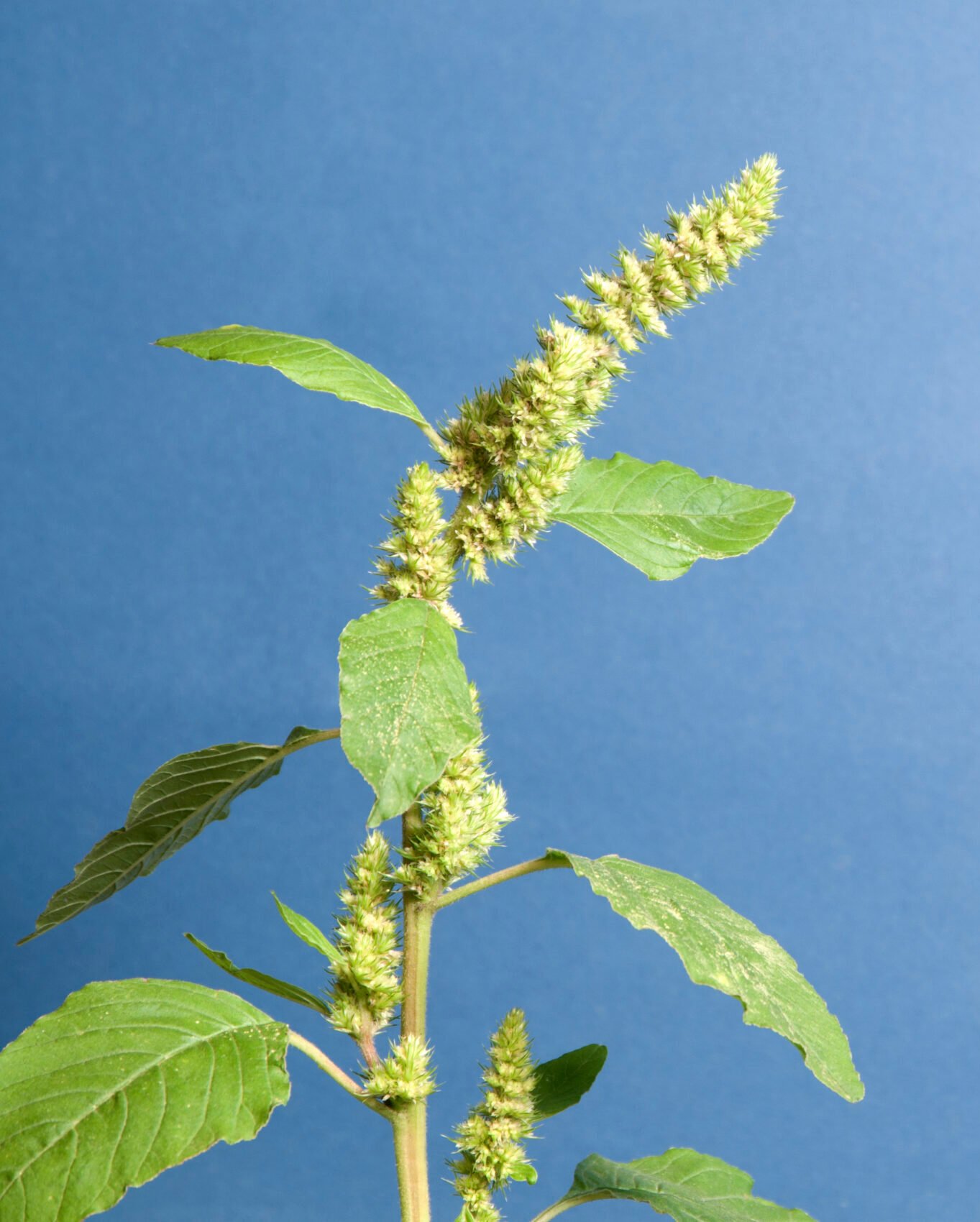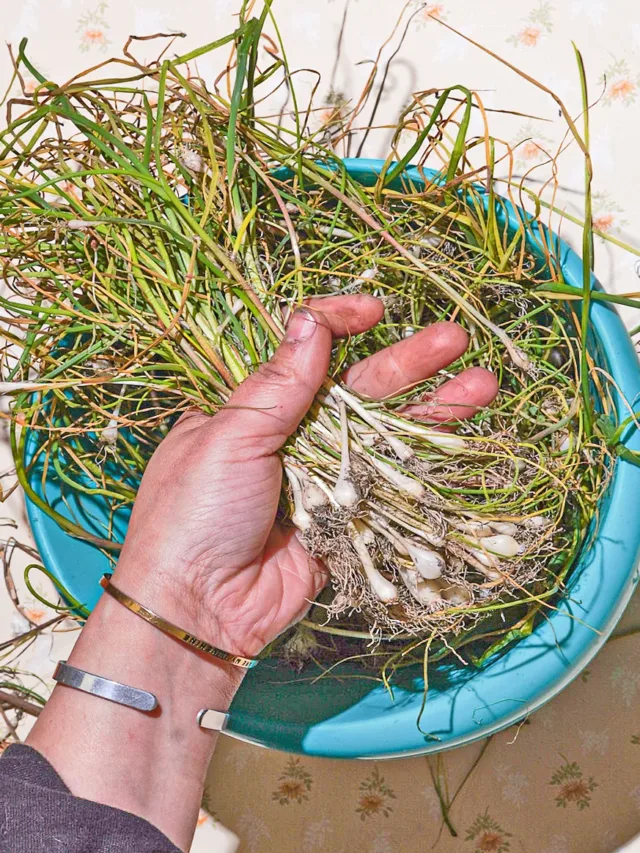Enter the world of Wild Amaranth, a plant once overlooked but now celebrated for its incredible nutritional qualities and versatility. This guide explains how to identify, harvest, and utilize wild amaranth, bringing a touch of the wild to your table.

Description and Identification
Wild Amaranth, or Amaranthus, grows with abundant vigor and is easily recognizable by its tall, sturdy stalks, vibrant green leaves, and the striking, grain-filled heads it proudly displays. The plant can vary in color, from green to deep red or purple, depending on the variety. Leaves are generally broad and can either be smooth or textured, with a diamond or oval shape.
Foraging Tips
Location: Wild amaranth thrives in open, sunny areas. You might find it in gardens, fields, or areas disturbed by human activity, where the soil is rich in nutrients.
Timing: Late spring through early fall is the best time for foraging wild amaranth, as the leaves are most tender during these months.
Harvesting: Choose young, tender leaves for a milder flavor. Use scissors or your hands to clip the leaves, ensuring not to uproot the plant so it can continue to grow.
Culinary Uses
Wild amaranth leaves are a nutritious addition to your cuisine, offering a flavor similar to spinach but slightly nuttier. Here are some ideas to incorporate them into your meals:
- Salads: Young amaranth leaves make an excellent raw addition to salads. Their mild taste complements other vegetables well.
- Cooking: Like spinach, amaranth leaves reduce significantly in size when cooked. They can be sautéed with garlic, added to soups, or mixed into stews and stir-fries.
- Grain: The seeds of wild amaranth can be harvested and used similarly to quinoa. They are gluten-free and packed with proteins, making them a great grain alternative.






Comments
No Comments